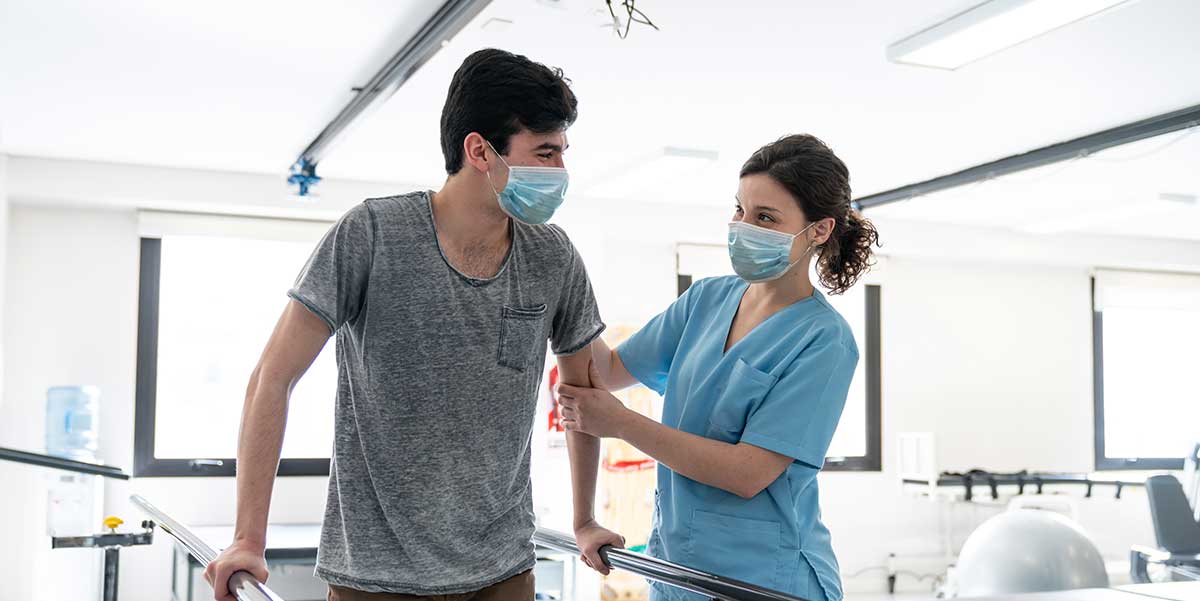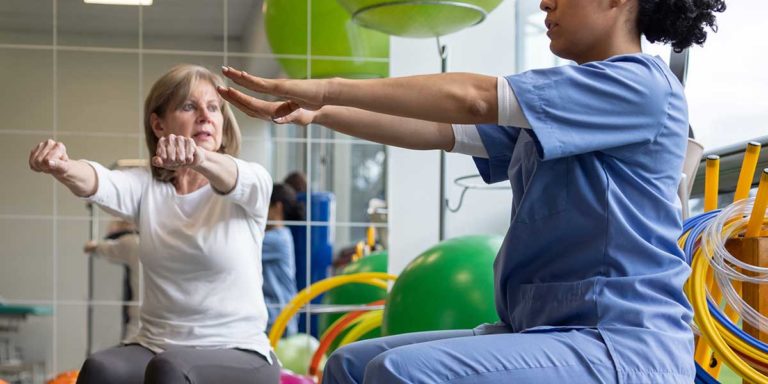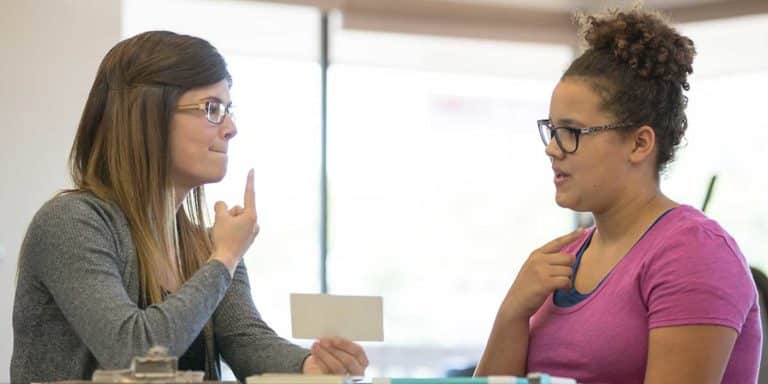How Does Occupational Therapy Work?
Occupational therapy is a branch of rehabilitative health care that helps people participate more fully, confidently, and independently in necessary and desired activities of daily life. These activities—which we can call a person’s “occupations”—range from self-care tasks (like bathing and dressing) to the various physical and cognitive tasks required for school, work, driving, and more.
At Therapeutic Potentials, Inc., we’re proud to be area-leaders in occupational therapy for kids and adults. To prepare for your loved one’s first visit, read on to learn about how occupational therapy works.
We Perform an Initial Assessment
During your first occupational therapy appointment, your occupational therapist (OT) will conduct an initial assessment. This assessment generally includes:
- A discussion about your loved one’s current challenges, and what prompted a referral to occupational therapy
- A review of your loved one’s medical history and family history
- A thorough examination of fine motor skills, cognitive and emotional skills, and sensory-processing skills like vision, proprioception, and hearing
Your OT will also observe your loved one performing typical daily tasks and may ask for details about their home, work, and/or school environment.
We Discuss Your Goals
Occupational therapy works to the extent that it is tailored to the unique needs and goals of the patient! That’s why we spend a lot of time discussing your loved one’s goals and what they want to achieve.
Common goals that people work on in occupational therapy include:
- Improving school and job performance
- Increasing opportunities to play, socialize, pursue hobbies, and explore personal interests
- Becoming more independent with things like bathing, grooming, household chores, driving, shopping, and even managing finances
We Develop a Personalized Treatment Plan
By now, your OT has identified impairments (e.g., fine motor, cognitive, and sensory processing skills) and barriers (e.g., environmental, social) that have limited your loved one’s participation in things like school, work, and play. Your OT has also helped your loved one develop clear goals based on their barriers and needs.
Now it’s time to develop a unique treatment plan that will help them achieve these goals, gain confidence, and enhance their quality of life!
This is really the “bread and butter” of how occupational therapy works. We implement therapeutic use of everyday activities, exercises, and other tasks to address your loved one’s physical, cognitive, social, and emotional needs. To do this, your OT may prescribe:
- Exercises and stretches to improve fine motor skills and eye-hand coordination
- Exercises and role-playing opportunities to practice positive social skills and behaviors, such as managing frustration or coping with stress
- Focused practice on skills like brushing teeth, getting dressed, and self-feeding
- Adaptive equipment or techniques to make daily tasks safer and more efficient (such as built-up utensils, splints, bathing equipment, and communication aids)
- Family and caregiver training and education
We modify your loved one’s treatment plan along the way and collaborate with the rest of your loved one’s care team to truly optimize their progress and help them see success.
Could Your Loved One Benefit From Occupational Therapy?
If you live near Sarasota, Bradenton, or Lakewood Ranch, FL and are looking for occupational therapy services for a child or adult in your life, contact Therapeutic Potentials, Inc. at 941-758-3140 to schedule an appointment.







